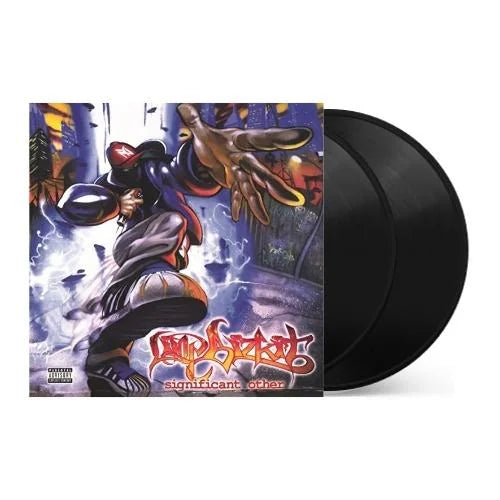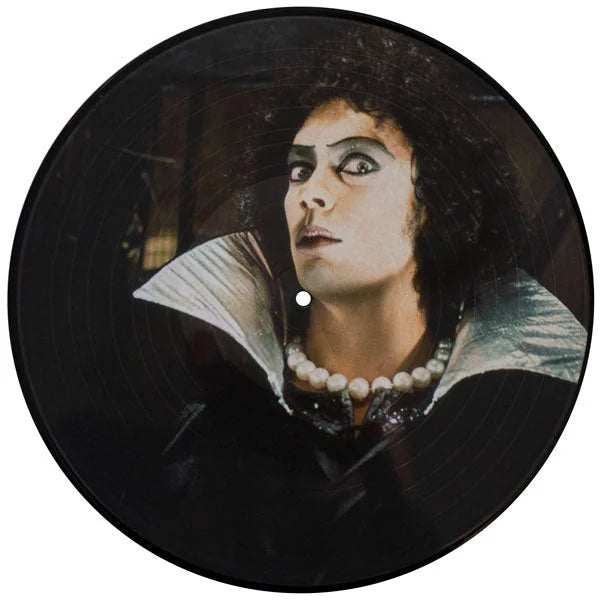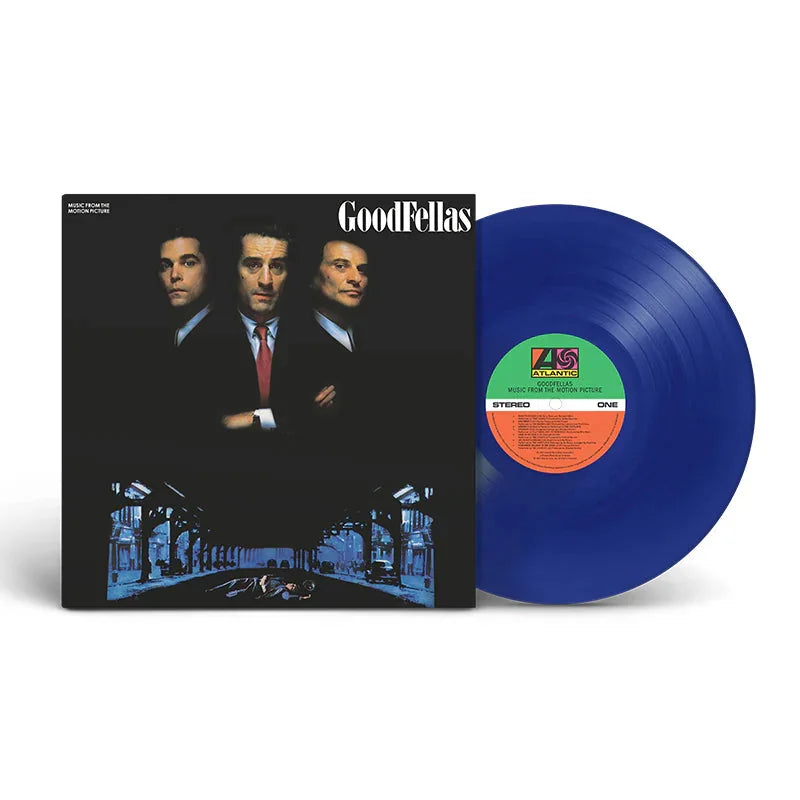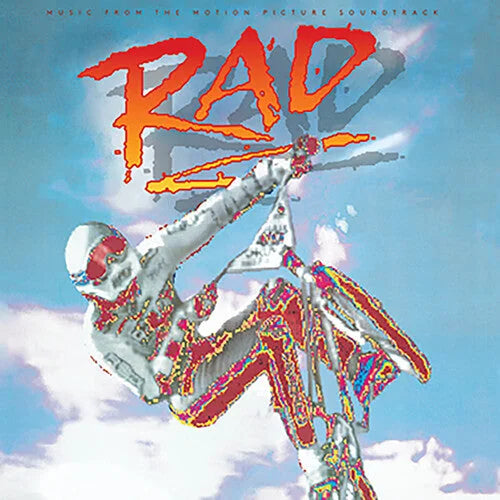Vinyl records have made a remarkable comeback, captivating music lovers of all ages. This resurgence is driven by a unique combination of tangible artistry, warm sound quality, and a deep sense of nostalgia. When you hold a vinyl record, you're not just holding a piece of music; you're holding a piece of history. Each album cover, with its distinct artwork and liner notes, tells a story that digital formats simply can't match. For many, the act of placing a needle in a record and experiencing the rich, analog sound is a cherished ritual that digital streaming can’t replicate. Collecting vinyl records offers a more immersive listening experience that engages the sense of sight, touch, and hearing in a way that feels profound and personal.

Understanding Vinyl Record Condition
Grading Vinyl Records
Grading is crucial when you buy vinyl records, as it determines their value and sound quality. The grading system is standardized across the industry, with the top grade being 'Mint', indicating that the record is in perfect condition, never played, and often still sealed. Following 'Mint', the grades descend through 'Near Mint', 'Very Good Plus', 'Very Good', and lower, down to 'Poor', which describes records that are heavily worn or damaged. Serious collectors and audiophiles typically seek out vinyl in 'Near Mint' or 'Very Good Plus' condition because these grades ensure that the record has been well-maintained, with only minor signs of wear and no significant damage that would impact the sound quality. The glossiness of the record, a lack of scratches, and minimal auditory noise when played are crucial factors in these higher grades.
The nuanced understanding of vinyl grading can greatly enhance a collector's ability to make informed purchases. For instance, a 'Very Good' record may have noticeable surface marks or slight scratches that do not affect the listening experience but can detract from the visual aesthetic and collectible value. In contrast, 'Good' and 'Fair' records may play without skipping, despite significant visual wear and noise that could interfere with enjoyment. For collectors, understanding these subtleties is key to building a valuable and enjoyable collection.
Assessing Record Sleeves and Covers
A well-preserved sleeve should have vibrant colors, clear text, and minimal wear such as bent corners or tears. Sleeves not only protect the record but also contribute to its collectible value. When evaluating a sleeve, look for any signs of water damage or fading, which can indicate poor storage conditions. Good sleeve care is essential, as it enhances the overall appeal and longevity of collecting vinyl records online.
Common Condition Issues and How to Spot Them
Scratches can cause skips or poor sound quality, while warps may make a record unplayable. Exposure to direct sunlight can fade cover art and damage the vinyl. When inspecting a record, hold it at an angle to the light to check for these defects. Always listen to a record, if possible, before purchasing to ensure there are no hidden issues that could impair its performance.
Where to Buy Vinyl Records
Local Record Stores
These shops often offer a diverse selection of genres and can provide valuable insights into the history and condition of their items. Shopping locally allows you to physically inspect records and get immediate feedback from knowledgeable staff. Building relationships with store owners can also lead to them notifying you about new arrivals that fit your tastes or alerting you to exclusive store-only sales. For those new to tips for collecting vinyl, store staff can offer practical advice on maintaining your collection in top condition.
Online Marketplaces
Key platforms include dedicated music sites and larger e-commerce stores where users can order vinyl records. Always check seller ratings and read customer reviews to measure reliability. Look for detailed descriptions of record conditions and request additional photos if necessary. Being cautious and conducting thorough research will help ensure that the records arrive as expected and are a worthy addition to your collection.
Record Fairs and Conventions
These events gather numerous sellers in one place, offering a vast array of records under one roof. Here, you can find albums that are rarely seen in stores or online. Before attending, it’s wise to research the vendors and plan your budget accordingly. Networking with other collectors at these events can also provide leads on desired records and recommendations for reputable dealers.
Thrift Shops and Garage Sales
While the condition may vary, occasionally, you can uncover highly coveted albums in good shape. Patience is key when digging through bins and boxes, as is arriving early to get the first pick of available stock. Always inspect each record for damage, but take a chance on albums that may just need a good cleaning. This hunting method often rewards the persistent collector with exceptional finds.
Must-Have Vinyl Albums for Beginners
Classic Rock Essentials
Classic rock is a staple in any vinyl collection, offering a mix of influential sounds and legendary bands that shaped an era. Here are some must-have vinyl albums for any beginner looking to explore the richness of classic rock:
- "The Dark Side of the Moon" by Pink Floyd - This 1973 album is an exemplary piece of music history, renowned for its rich, immersive soundscapes and profound thematic exploration of human experience. Pink Floyd utilized advanced recording techniques and innovative sound effects to create a multi-dimensional listening experience. The album’s continuous flow of music and seamless transitions between tracks were groundbreaking at the time. With its iconic prism cover, it has not only become a symbol of psychedelic rock but also a top choice for vinyl collectors due to the depth and clarity of its analog recording.
- "Led Zeppelin IV" by Led Zeppelin - "Stairway to Heaven" stands out as a monumental track that encapsulates the band's range from gentle acoustic to powerful electric guitar riffs. The album blends elements of folk, rock, blues, and mythology to create a rich tapestry of sound that has captivated listeners for decades. Its ambiguous cover art, devoid of the band's name or album title, adds to its mystique and allure, making it a prized possession for collectors and a significant record in the rock pantheon.
- "Abbey Road" by The Beatles - "Abbey Road," released in 1969, showcases The Beatles' songwriting and musical sophistication at its zenith. It features a blend of classic Beatles melodies and innovative sound experiments like the medley on Side Two, which has been a major influence on the format of later musical albums. The cover photo, showing the band crossing the street outside Abbey Road Studios, has become one of the most iconic images in rock history.
- "Rumours" by Fleetwood Mac - Each track tells a part of the story of their rumored affairs, struggles, and reflections, making it deeply personal yet universally relatable. The cohesive flow of Fleetwood Mac's soft rock sound, combined with the emotional weight of the lyrics, offers a powerful auditory experience. The album's cover, featuring the band members in a stylized pose, complements the dramatic and intimate feel of the music, making "Rumours" a must-have for those who value the emotional depth and storytelling aspect of music.
Each of these albums not only defines the classic rock genre but also offers a unique auditory and physical experience that is best appreciated in the vinyl format. Collecting these records means owning a piece of musical legacy that continues to resonate with fans across the globe, ensuring these classic rock essentials remain invaluable components of any music collection.

Influential Jazz Records
For those drawn to the soulful and complex melodies of jazz, starting your collection with groundbreaking albums is key. Miles Davis' "Kind of Blue" is universally acclaimed for its innovative use of modal jazz. This album is essential for its calm, ethereal tones and superb improvisations. Another must-have is John Coltrane's "A Love Supreme," an album that blends spiritual passion with rich saxophone acoustics, offering an introspective journey through the capabilities of jazz.
Iconic Pop Albums
Pop music on vinyl brings a lively and vibrant energy that is palpable. Michael Jackson's "Thriller" stands out as the best-selling album of all time and is a cornerstone of any pop vinyl collection. Its production quality and groundbreaking use of the medium make it essential. Madonna’s "Like a Virgin" is another influential record, capturing the spirit of the 80s with catchy melodies and bold themes, perfectly suited for the dynamic range of vinyl.
Hidden Gems Across Genres
Expanding beyond mainstream classics can enrich your collection with diversity and surprise finds. Albums like "In the Aeroplane Over the Sea" by Neutral Milk Hotel offer an indie rock experience with deep lyrical content and experimental sound. For those inclined towards electronic music, "Dig Your Own Hole" by The Chemical Brothers provides an energetic and rhythmic complexity that is compelling on vinyl. These hidden gems are not just musically enriching but also serve as conversation starters due to their unique qualities and the stories behind their creation.
Essential Vinyl Record Care Tips
Proper Storage Techniques
Proper storage of popular vinyl records is essential to maintaining their sound quality and physical integrity over time. By following specific storage practices, collectors can protect their valuable albums from common damage such as warping, scratching, and environmental degradation. Below are methods to ensure your vinyl collection remains in optimal condition for years to come.
- Keep Records Vertically: Storing vinyl records vertically is crucial to prevent warping and undue pressure on the discs. Just like books on a shelf, records should be positioned upright to ensure even weight distribution. Horizontal stacking, although space-efficient, presses the records together, creating a risk of warping the vinyl over time due to the weight of the stack. The records mustn't be leaned at an angle as this too can lead to warping. Keeping them vertical will maintain their shape and protect the grooves that hold the music.
- Avoid Direct Sunlight: Ultraviolet rays can have a detrimental effect on vinyl, causing it to degrade and potentially warp. Direct sunlight can also fade the artwork on album covers, reducing their aesthetic and collectible value. A cool, dry place away from windows and direct light is ideal for vinyl storage, as it protects the records from these harmful effects and helps in preserving both the sound quality and the visual appeal of your collection.
- Use Inner and Outer Sleeves: It is advisable to use both inner and outer sleeves to protect your vinyl records. The inner sleeve guards the delicate surface of the record against scratches and dust, while the outer sleeve protects the album cover and additional artwork. Over time, original sleeves may become worn or damaged; replacing these promptly with new ones can significantly extend the life of a record. High-quality, anti-static sleeves are recommended as they not only provide protection but also help in reducing the static charge that can attract dust.
- Maintain a Stable Temperature: Keeping a stable, moderate temperature in the storage area is vital to prevent the warping of vinyl records. Extreme fluctuations in temperature can cause vinyl to expand and contract, which over time, can lead to permanent warping of the record. A consistent, cool temperature without rapid changes is best to ensure the longevity and quality of your vinyl. Ensuring your storage area is not prone to dampness or humidity is equally important, as moisture can damage both the vinyl and the paper covers.
- Leave Some Breathing Room: When placing records on a shelf, it is important to leave a little space between them to ensure they are not packed too tightly. This allows for air circulation and easy access, preventing accidental scratches or damage when pulling records out or placing them back. Overly tight shelving can press records together, which can deform them over time, leading to potential warping and difficulty in playback.
By implementing these beginner's vinyl tips, collectors can effectively safeguard their vinyl records, preserving both their sound quality and their collectible status. This careful handling is not just about maintaining a collection but also about preserving a piece of music history for future enjoyment.
Cleaning Your Vinyl Records
Regular cleaning of your vinyl records is essential to remove dust, fingerprints, and other contaminants that can degrade sound quality. Use a soft, anti-static brush to gently sweep away dust before and after playing a record. For deeper cleaning, consider a vinyl cleaning solution and a microfiber cloth or a record cleaning machine for thorough maintenance.

Handling Records Correctly
Always grasp a record by the edges or the label, avoiding touching the grooved surface. This method minimizes the risk of oils and dirt from your fingers getting embedded into the vinyl, which can affect playback quality. When removing a record from its sleeve, gently slide it out without bending or dragging it against other objects.
Collecting vinyl records is a rewarding hobby that combines the love of music with the joy of collecting. Remember to check the condition of records meticulously, focusing on both the vinyl and its sleeve. Store your collection properly to maintain quality and prevent damage. When buying, whether in person or online, choose reputable sellers and be vigilant about the condition and authenticity of the records. Starting a vinyl collection is not just about accumulating records, but about creating a personal archive that reflects your musical journey and passion.
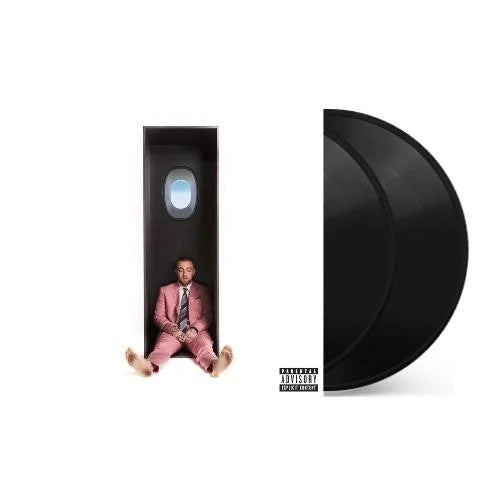
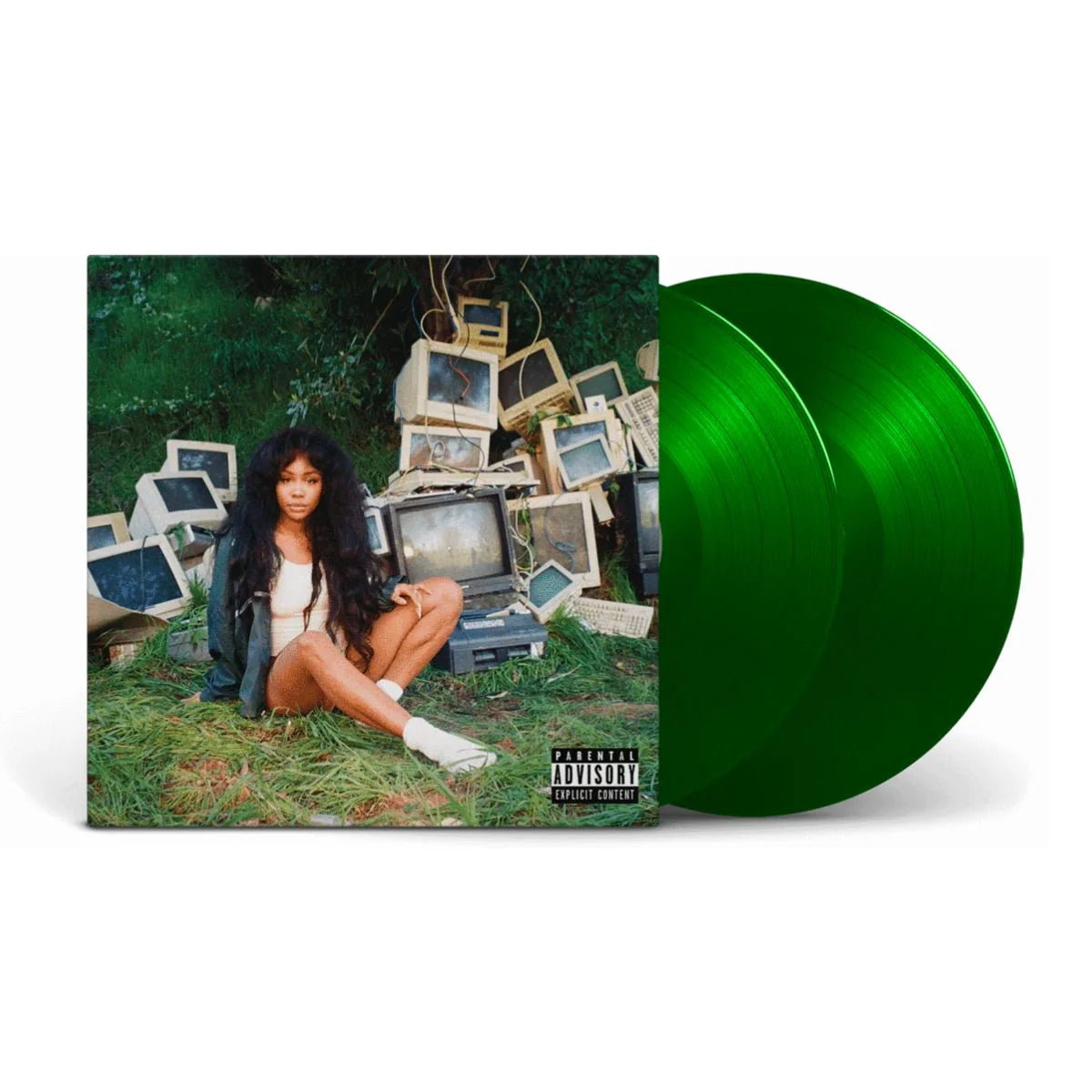
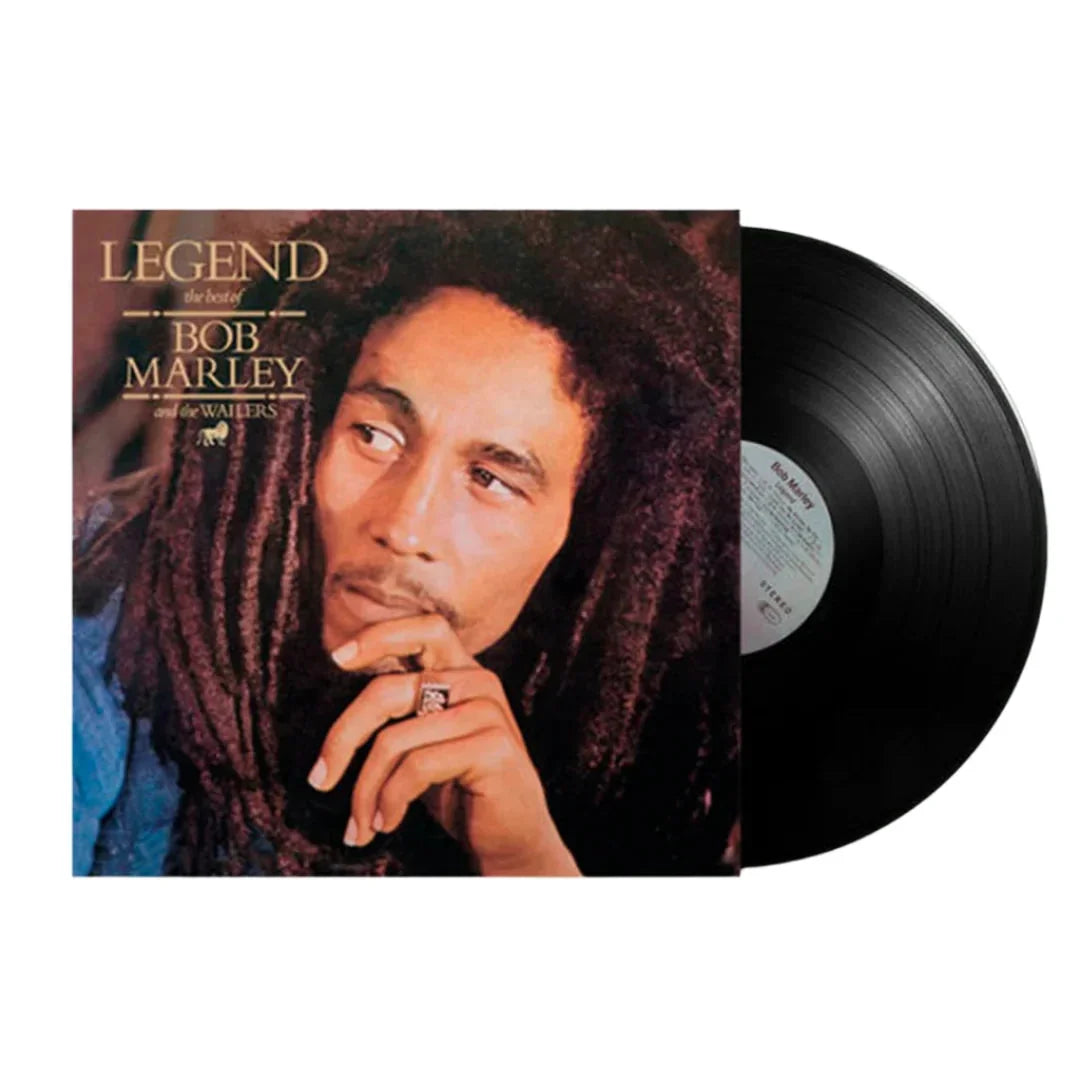
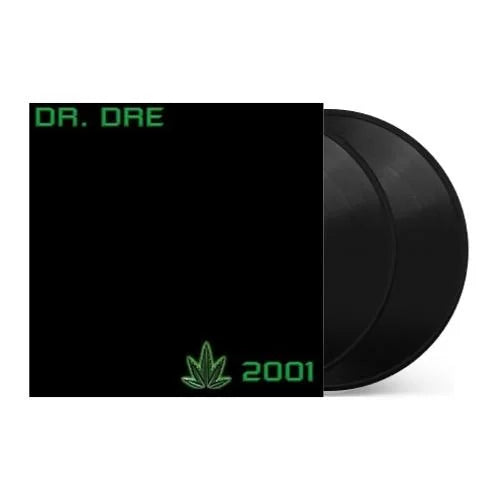
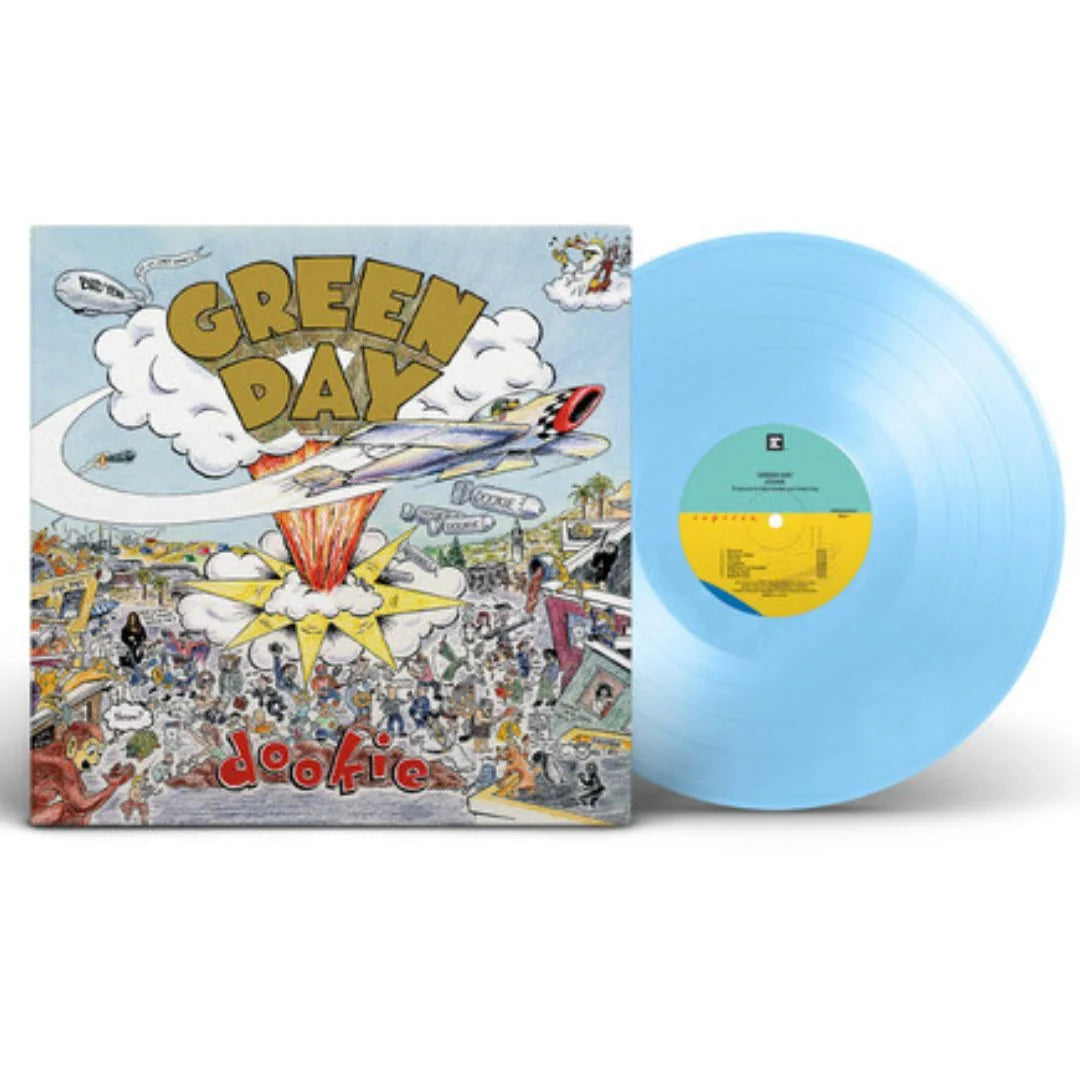
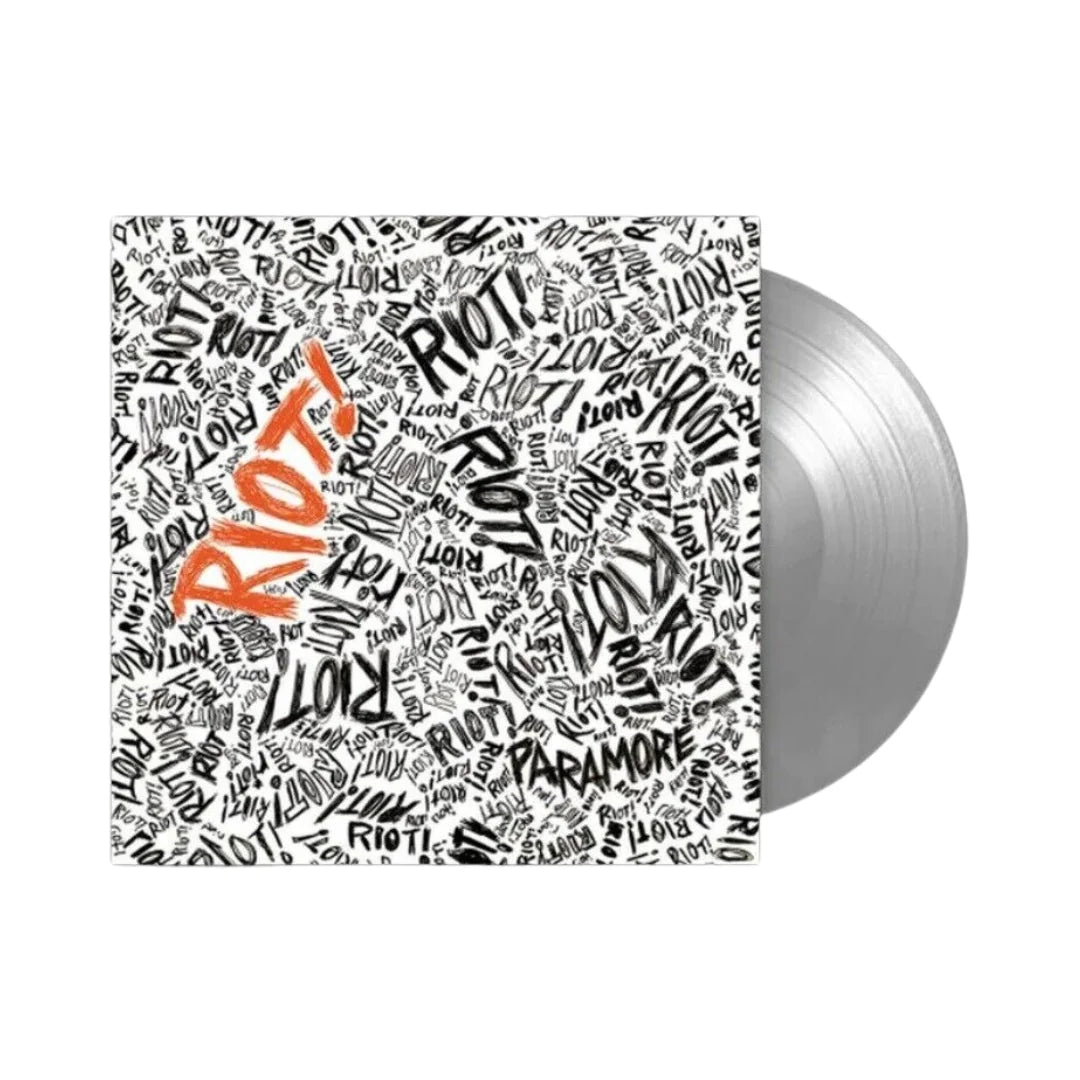
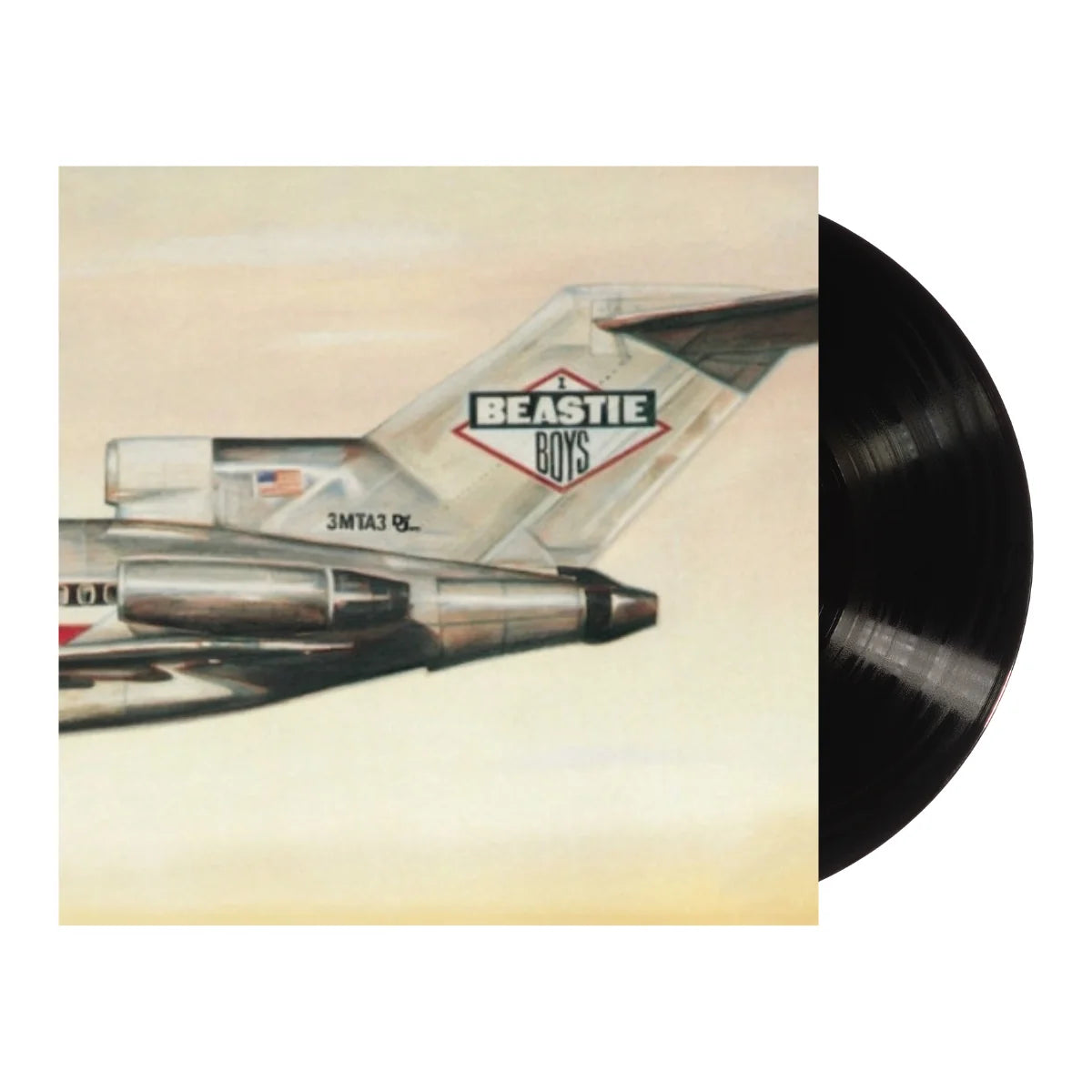
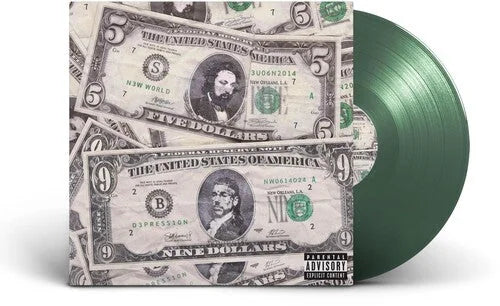
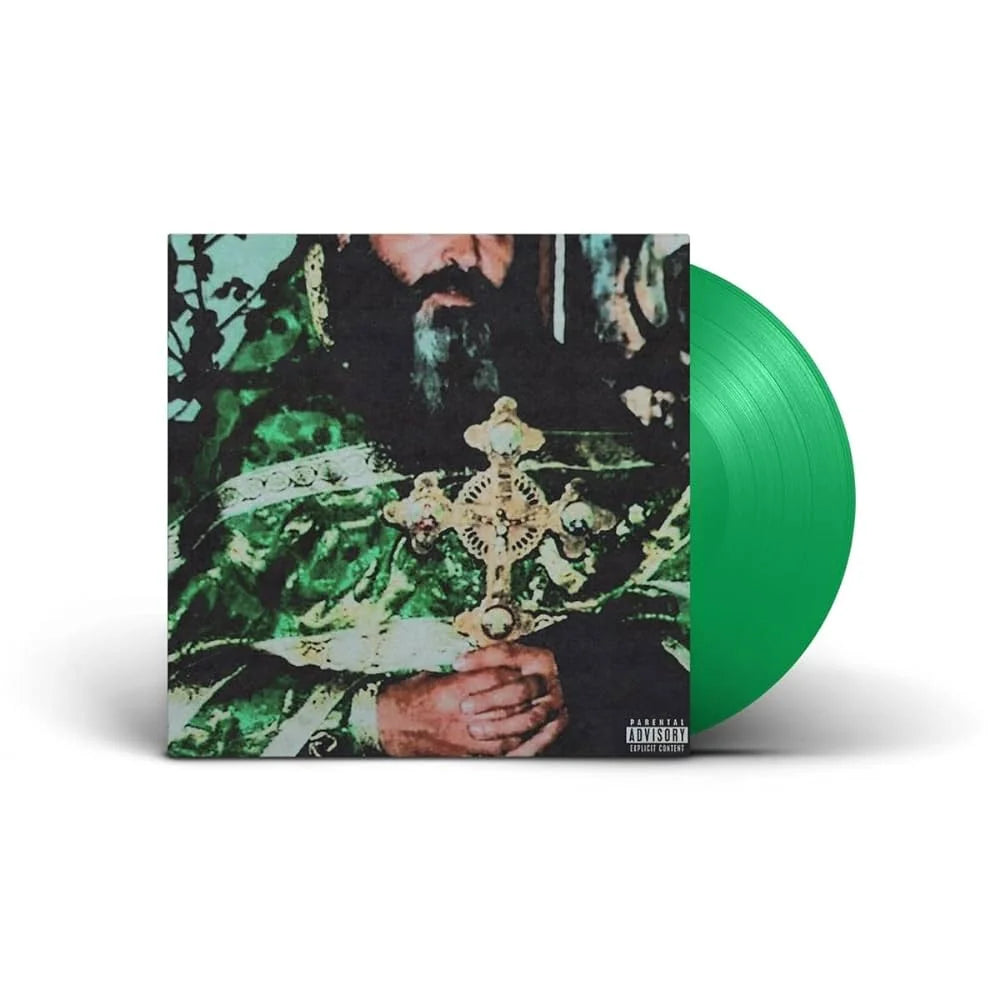
![(hed) p.e. - New And Improved [Pink]](http://vinyl.com/cdn/shop/files/4425252-3389420.jpg?v=1746578880&width=5760)
![1 Locate S - Wicked Jaw [Sky Blue]](http://vinyl.com/cdn/shop/files/4217742-2982879.jpg?v=1693273095&width=5760)
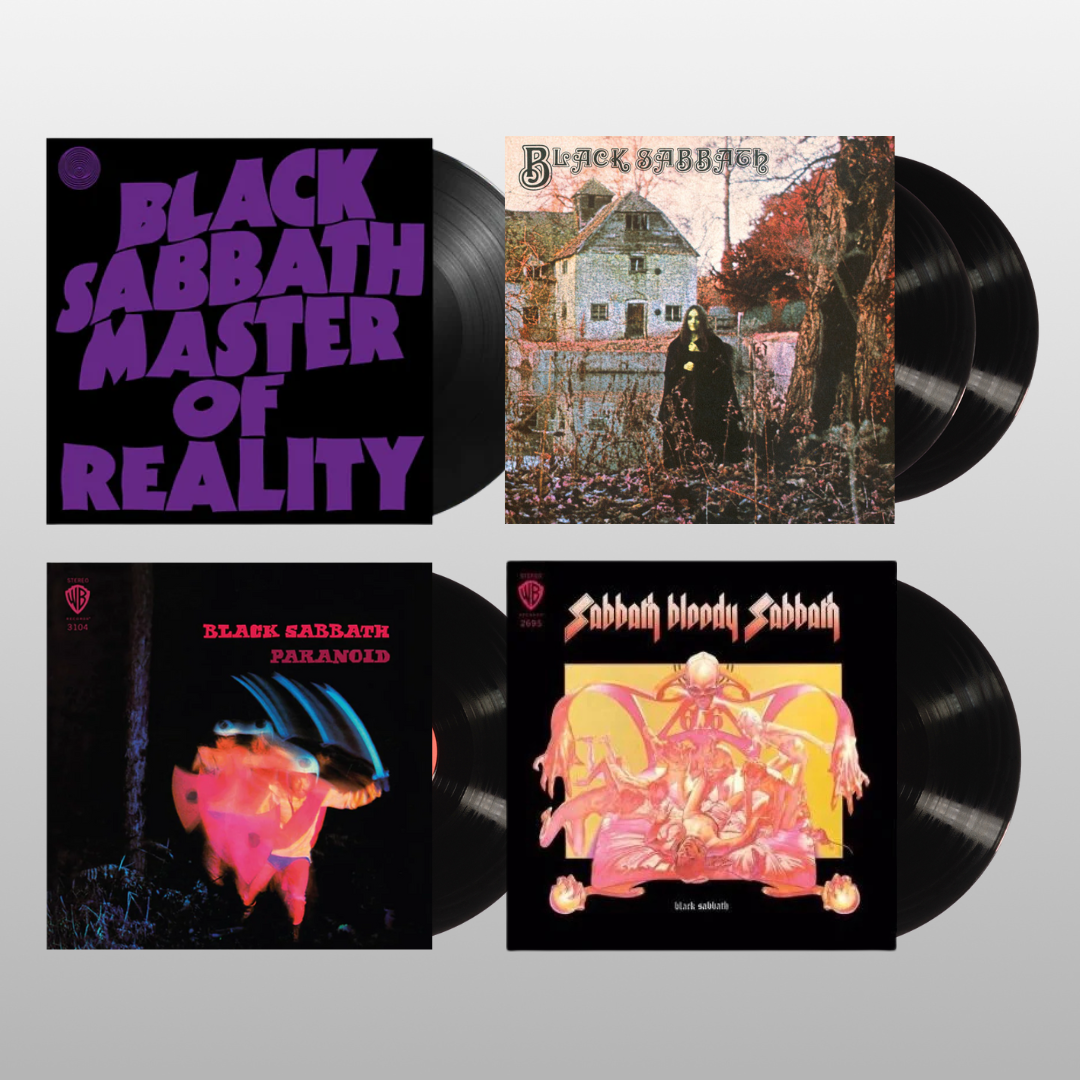
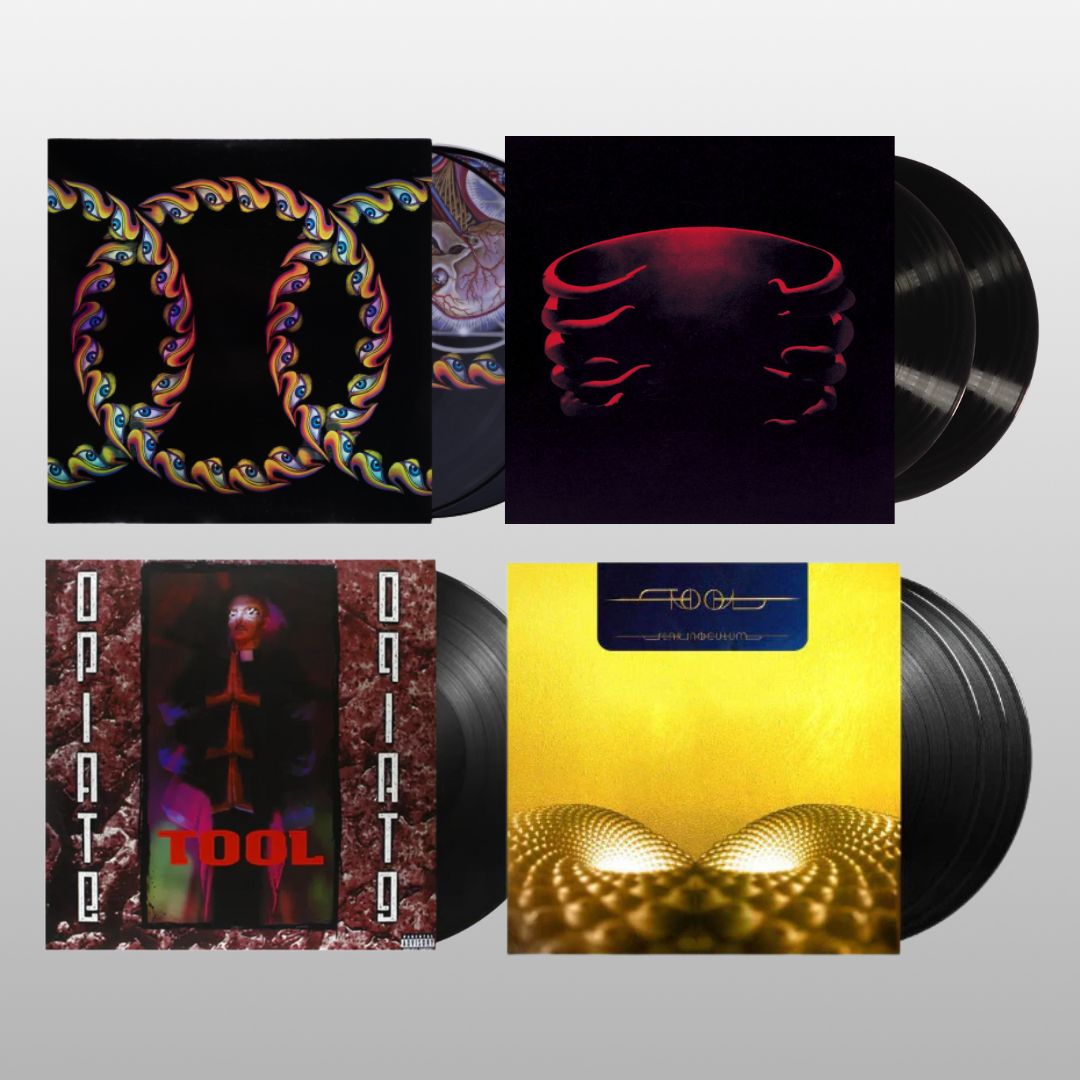
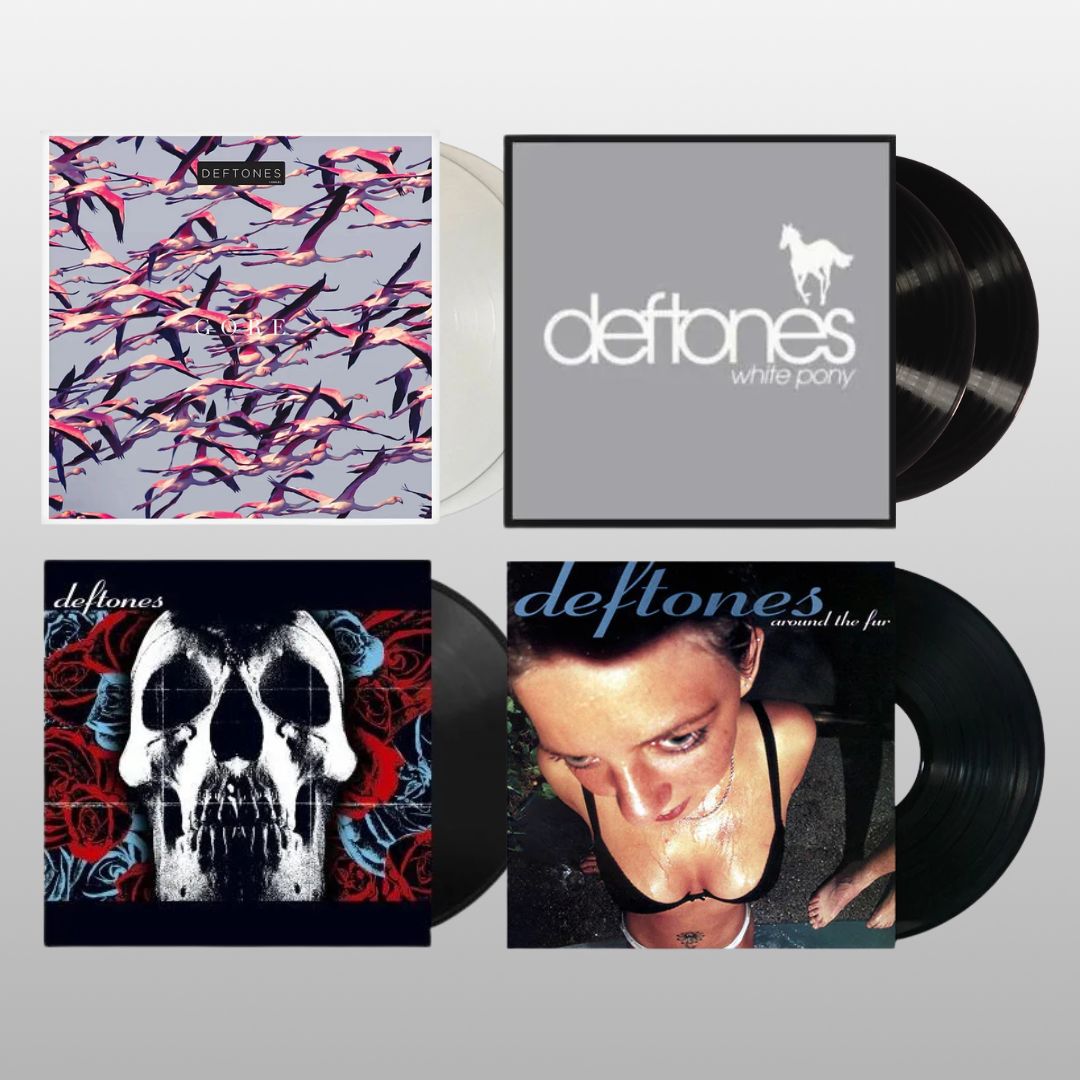

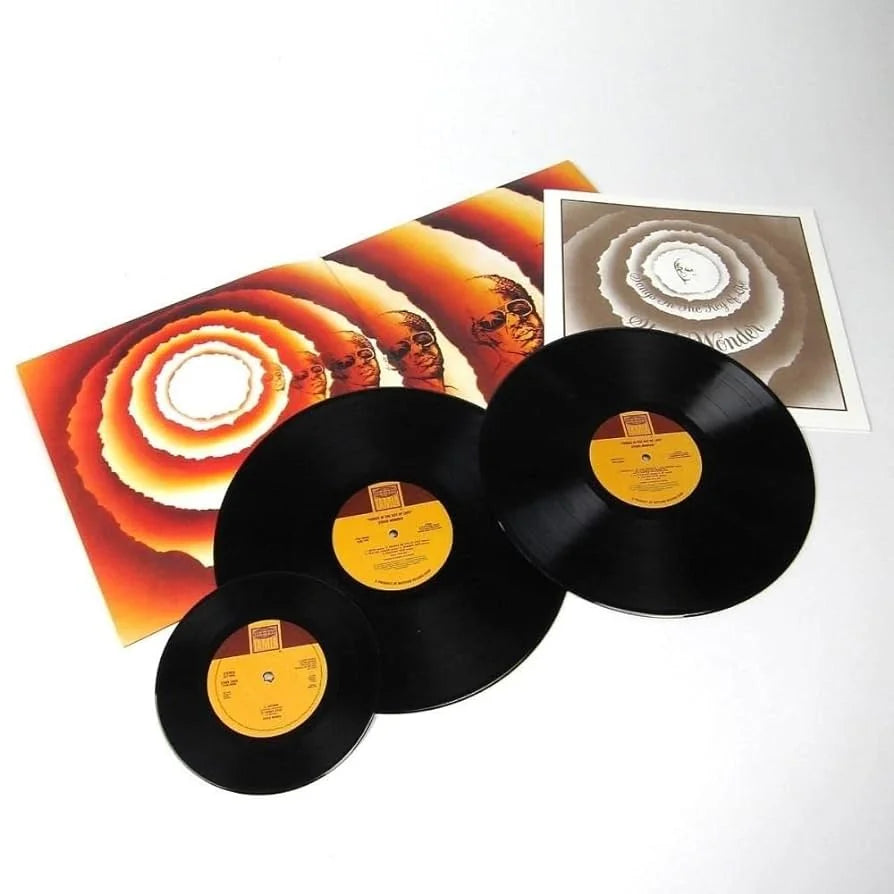
![The Grateful Dead - The Music Never Stopped [6LP Box Set]](http://vinyl.com/cdn/shop/files/The_Grateful_Dead-The_Music_Never_Stopped__6LP_Box_Set.jpg?v=1747729623&width=5760)
![Fleetwood Mac - Fleetwood Mac 1975 To 1987 [Clear 6LP Box Set]](http://vinyl.com/cdn/shop/files/2RHILP81833__61378.jpg?v=1743391443&width=5760)
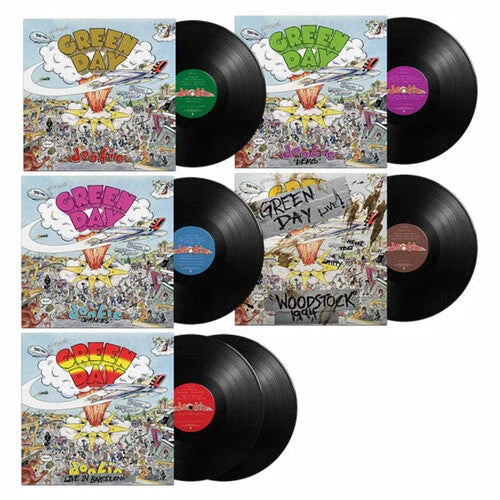

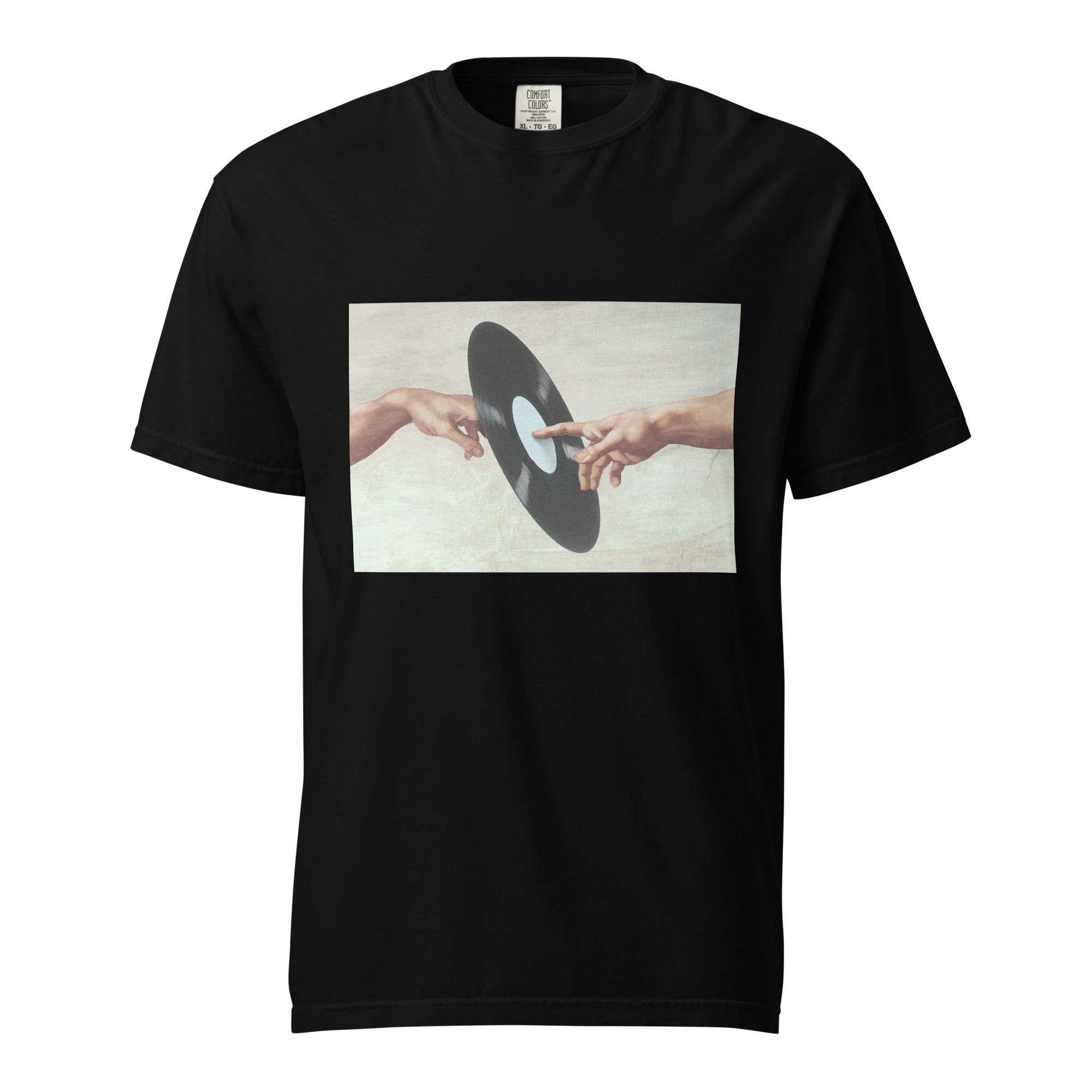
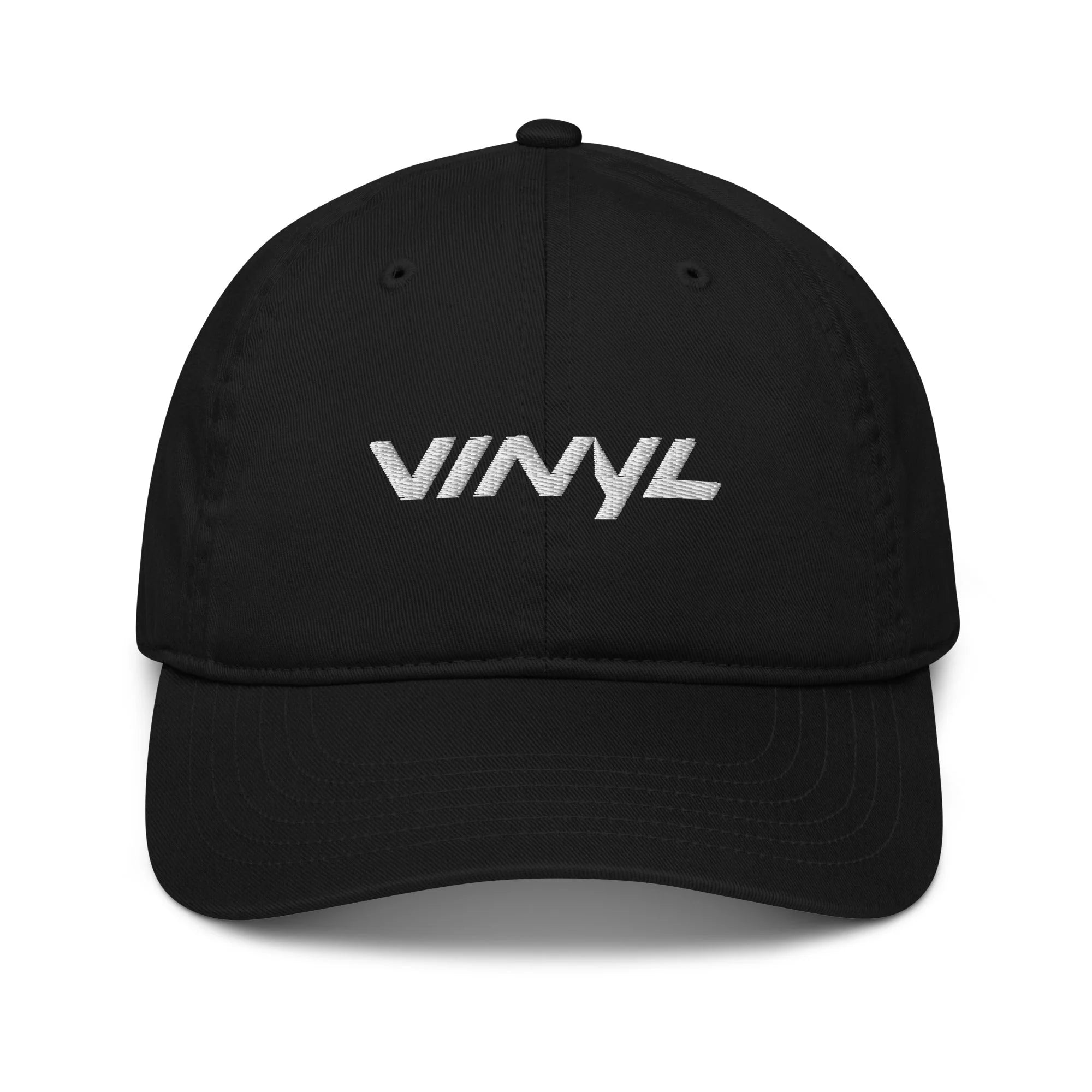
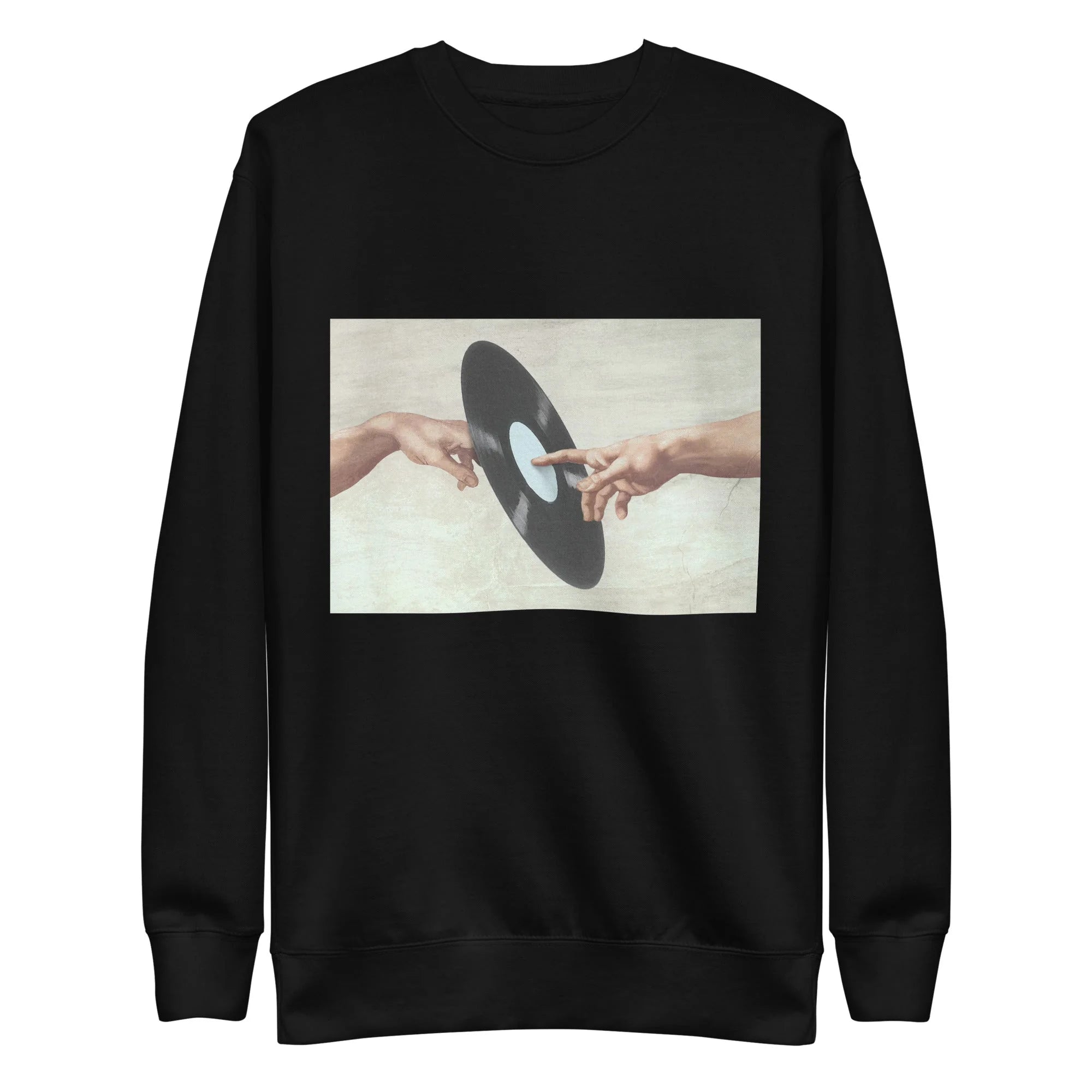
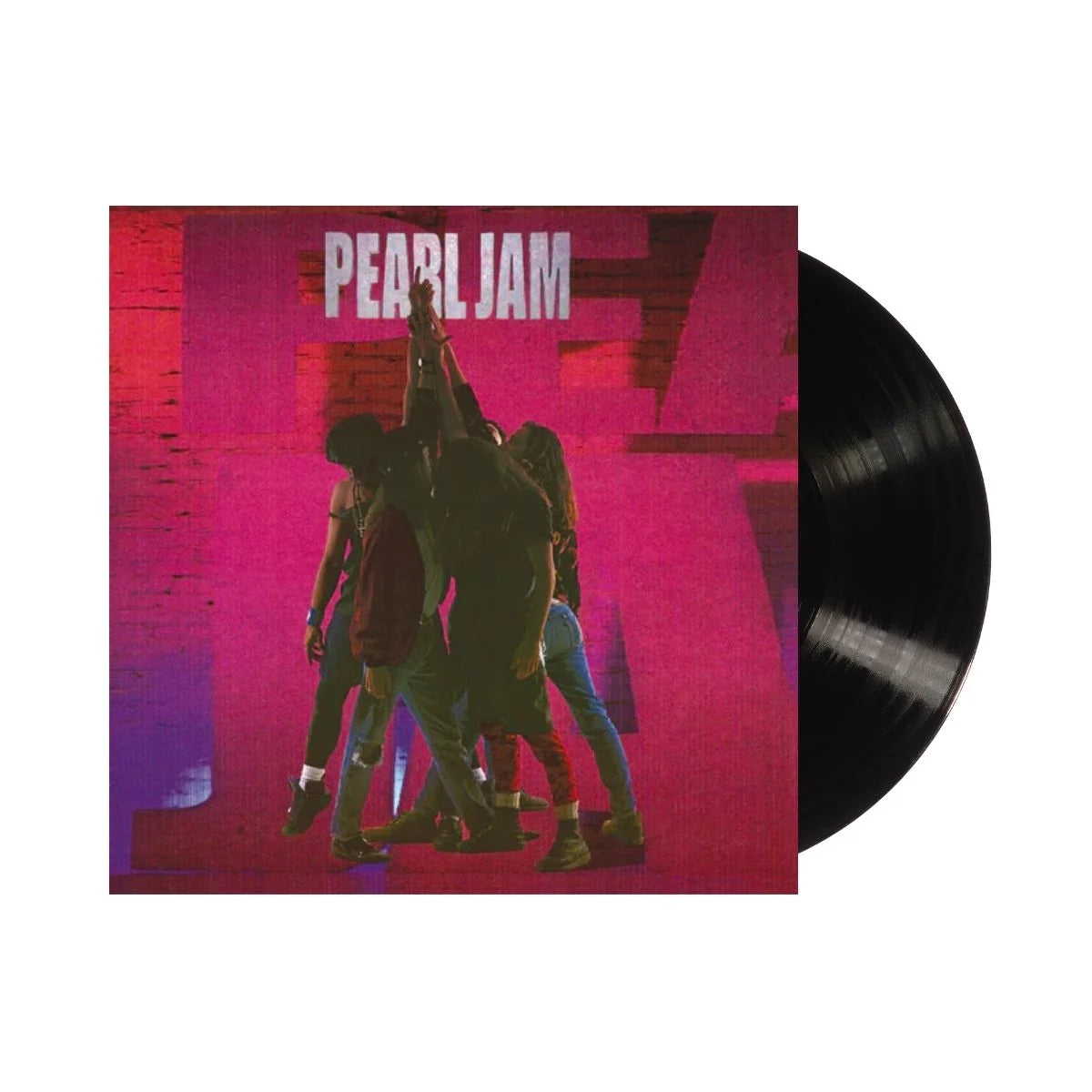
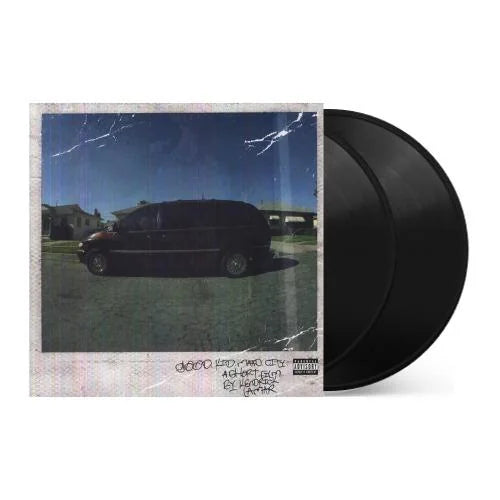
![Taylor Swift - 1989 (Taylor's Version) [2LP Crystal Skies Blue]](http://vinyl.com/cdn/shop/files/taylor_swift_1989_taylors_version.jpg?v=1734389117&width=5760)
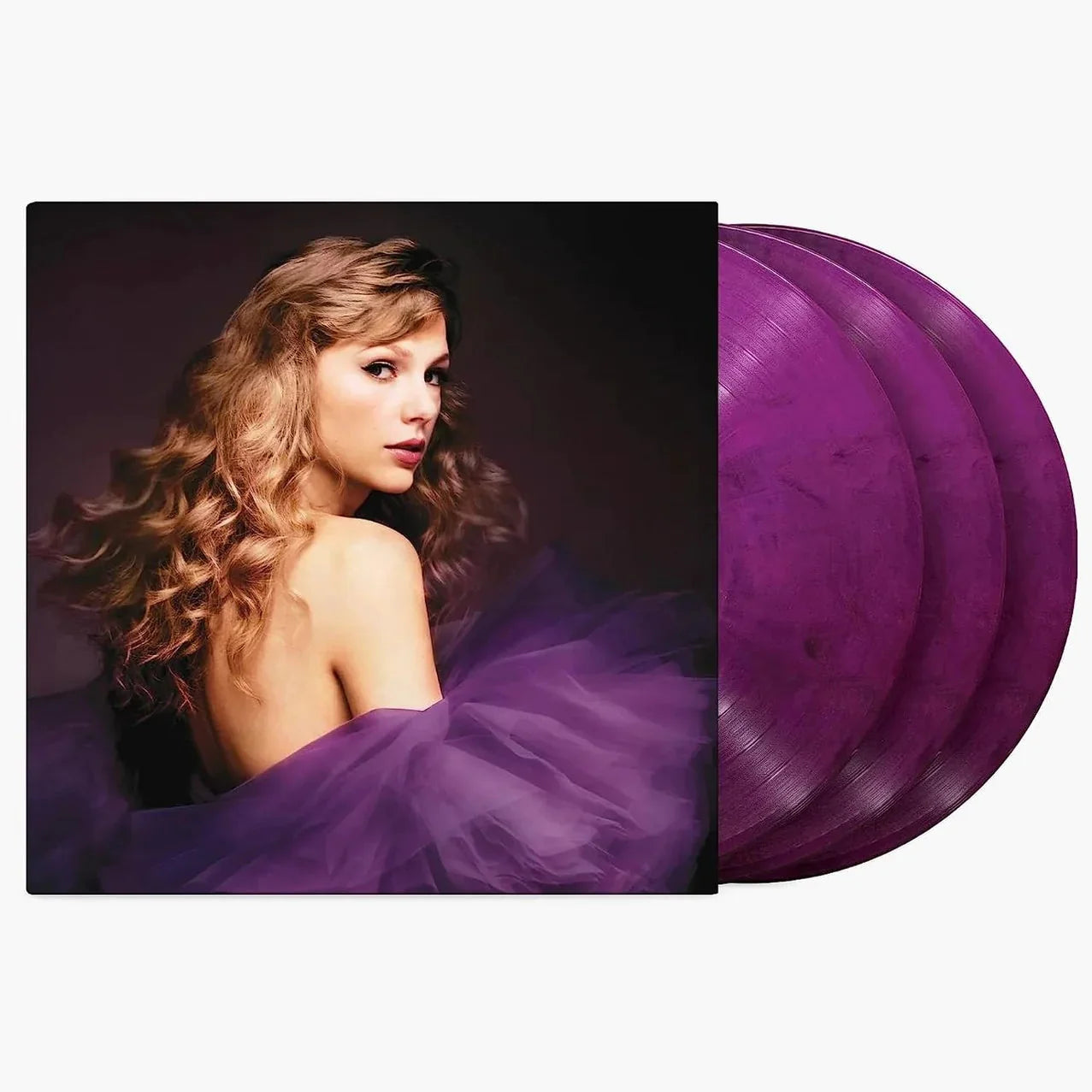
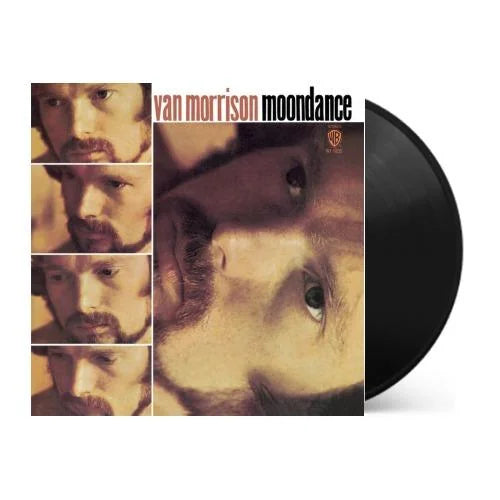
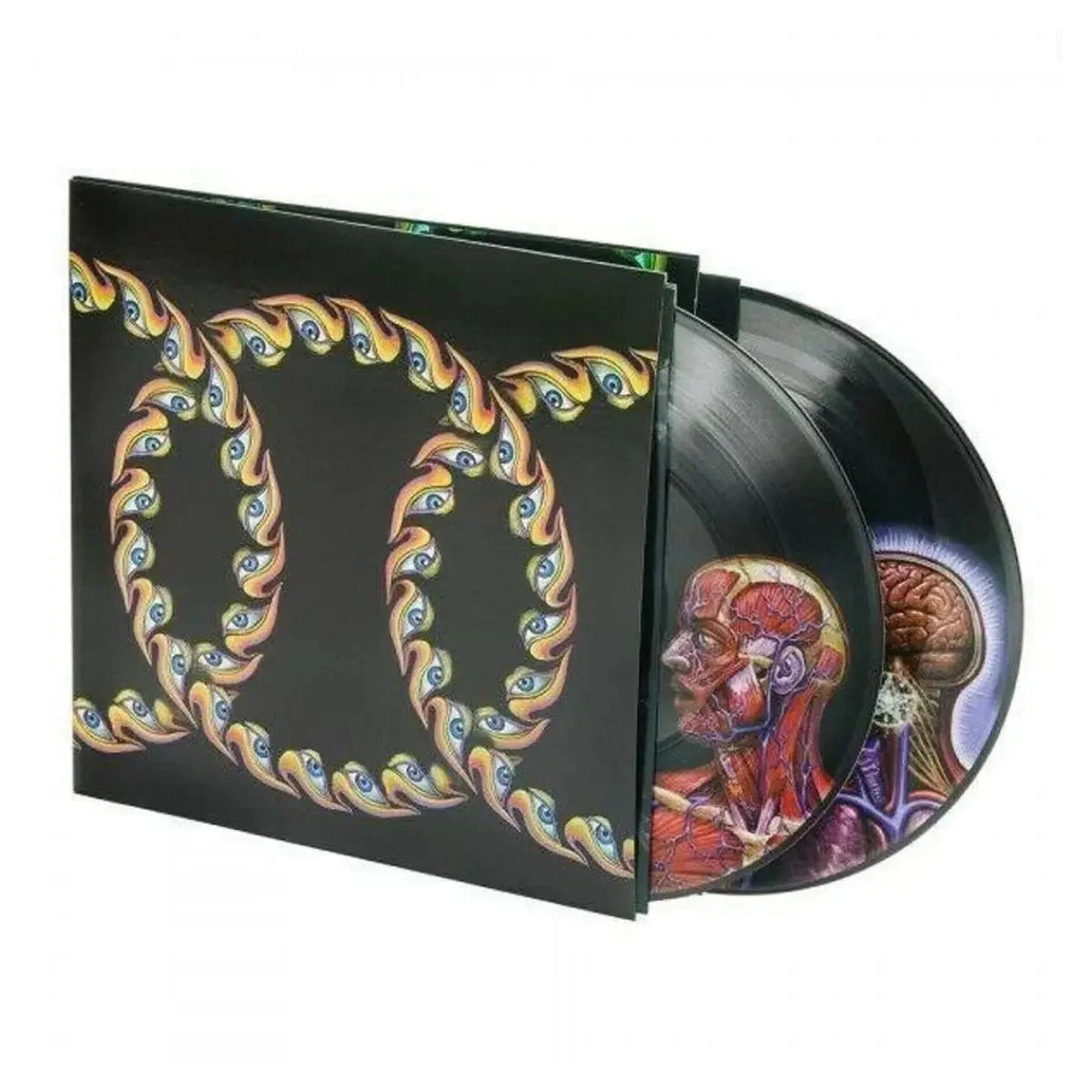
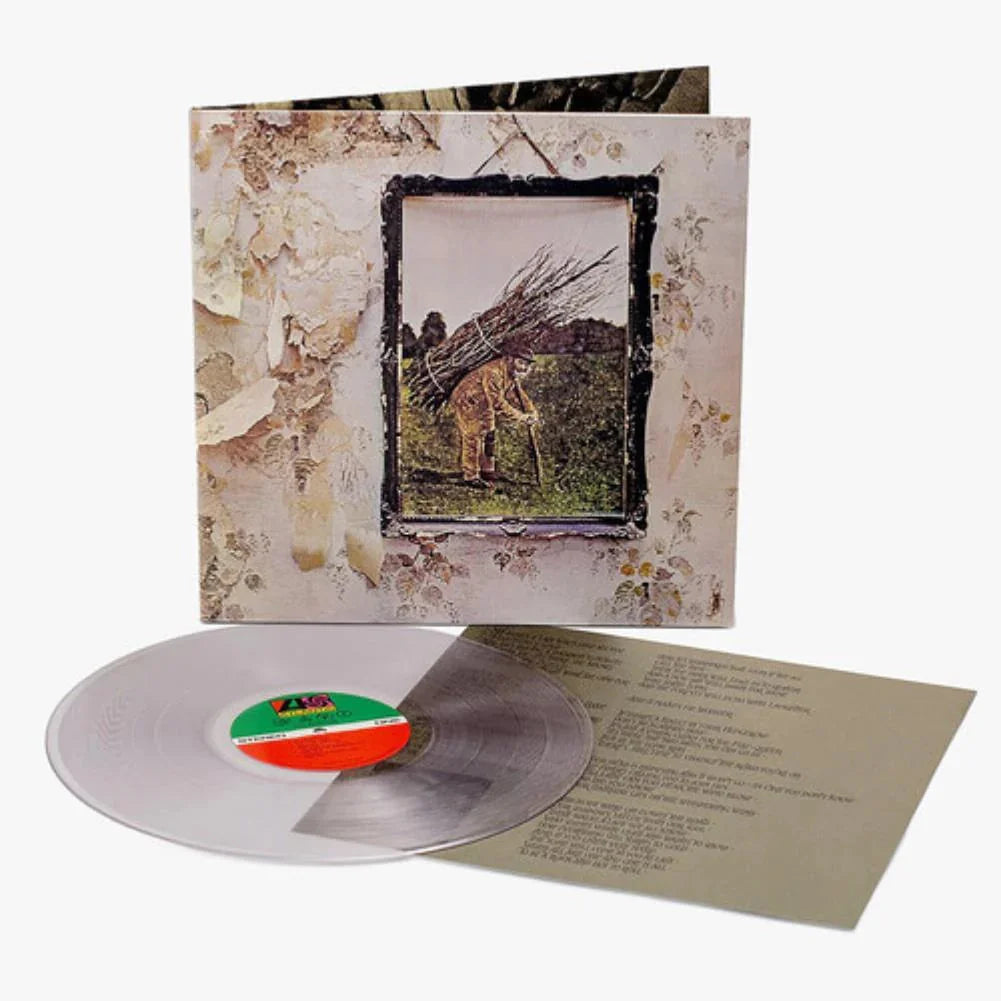
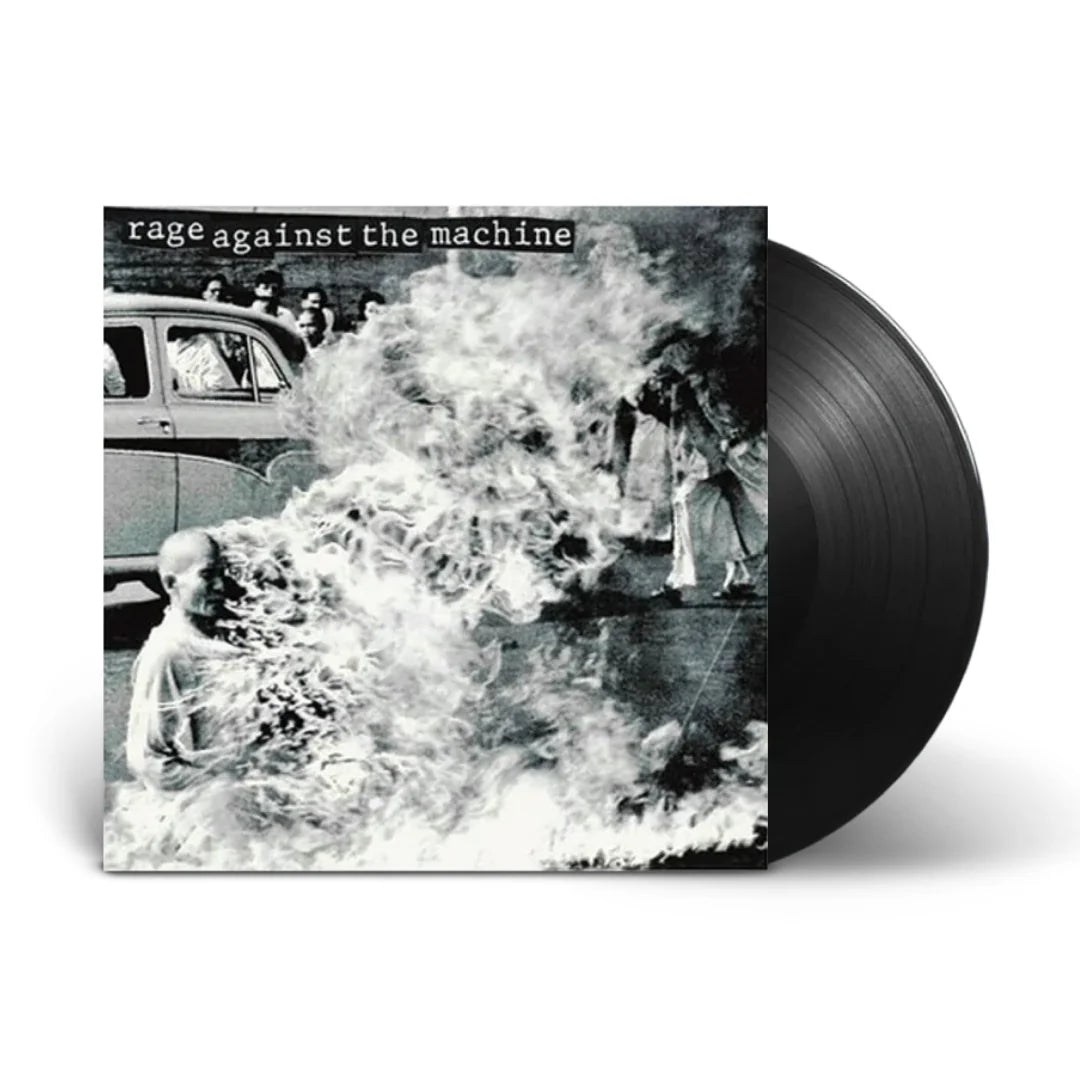
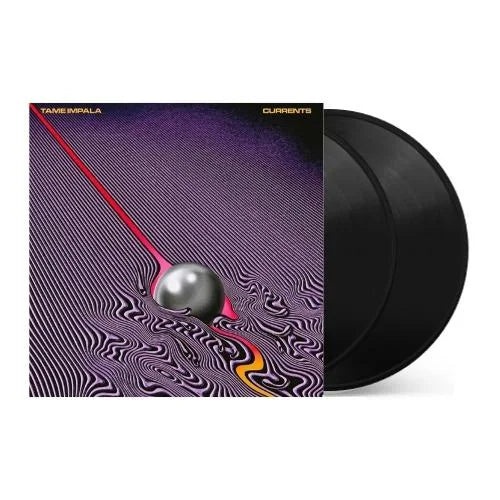
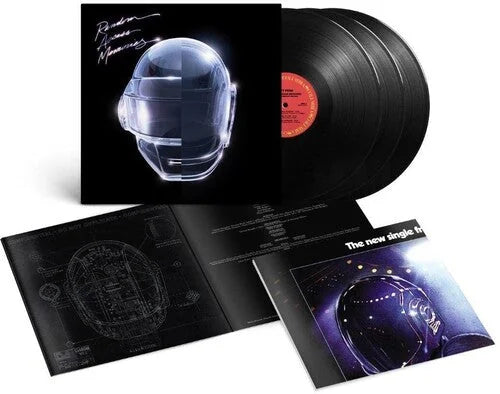
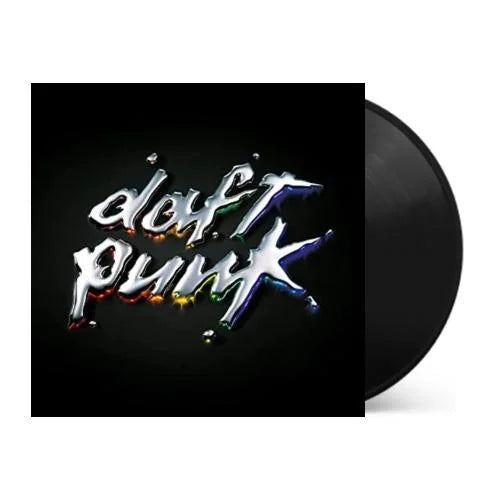

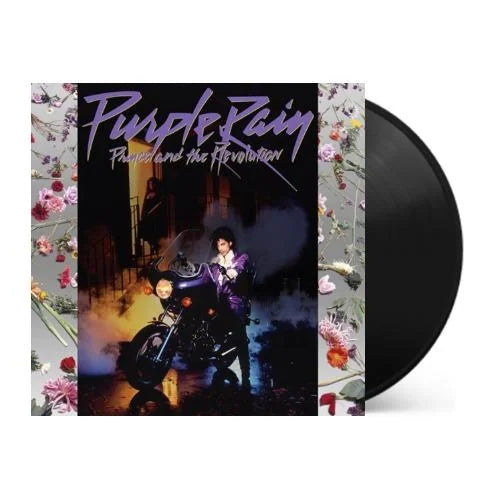
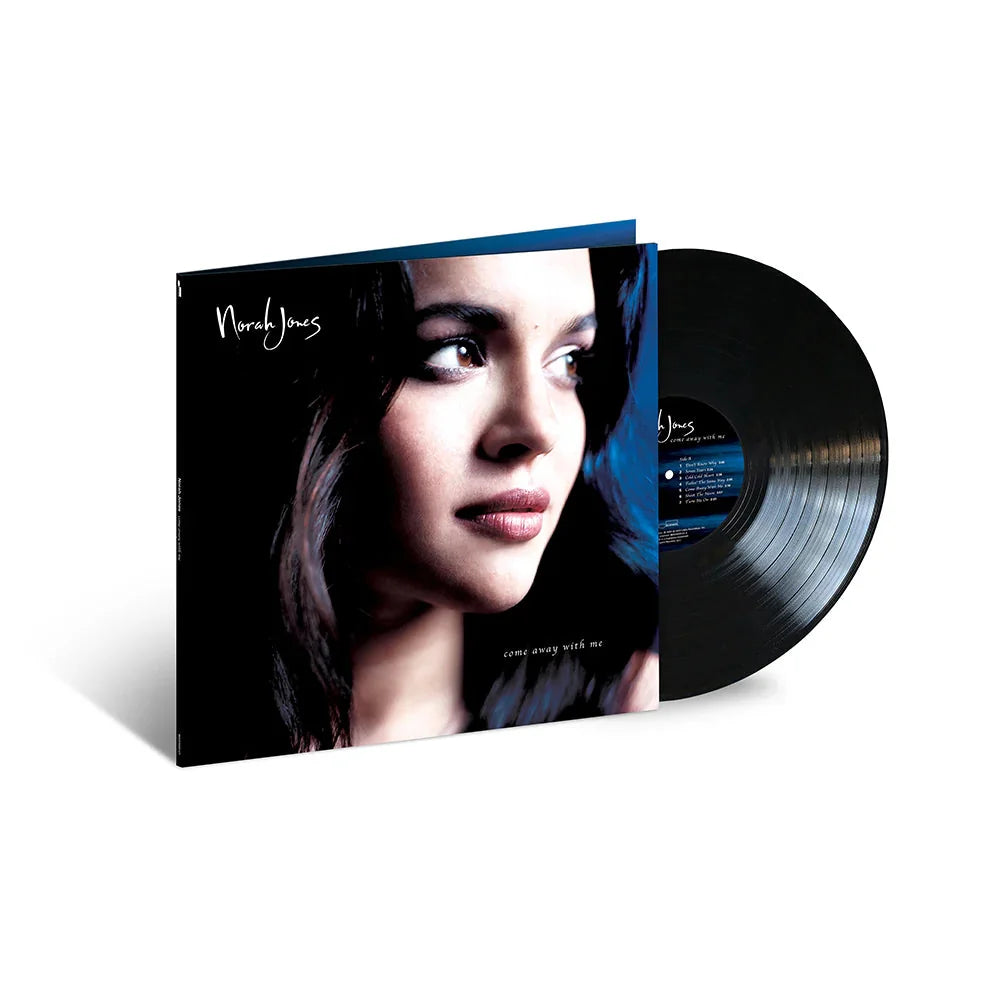
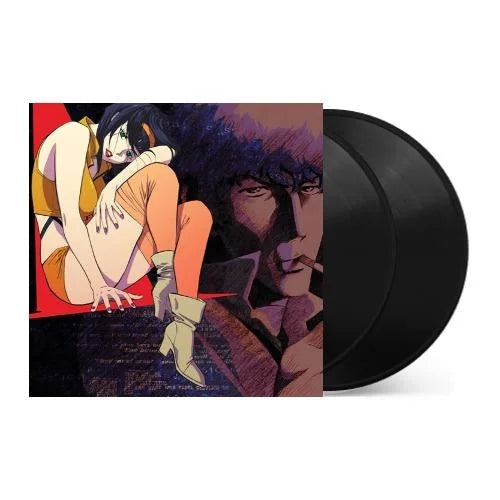
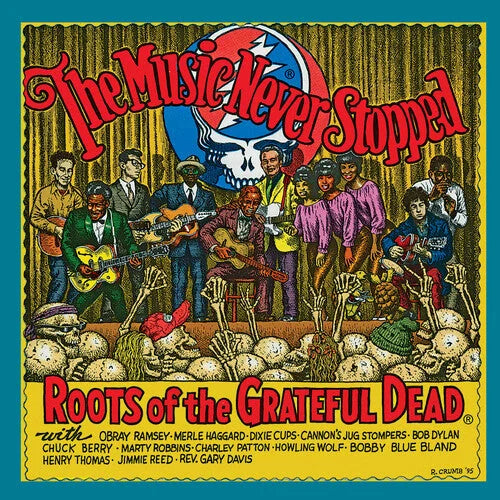
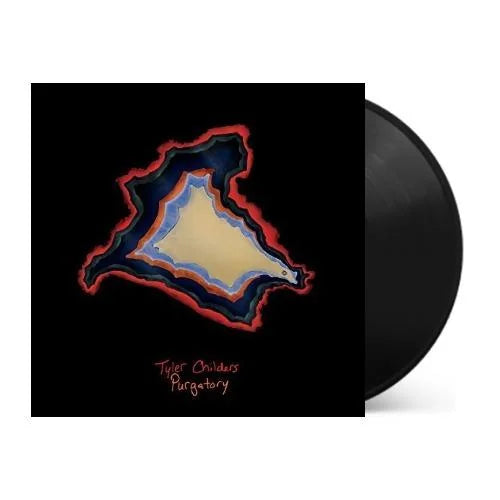
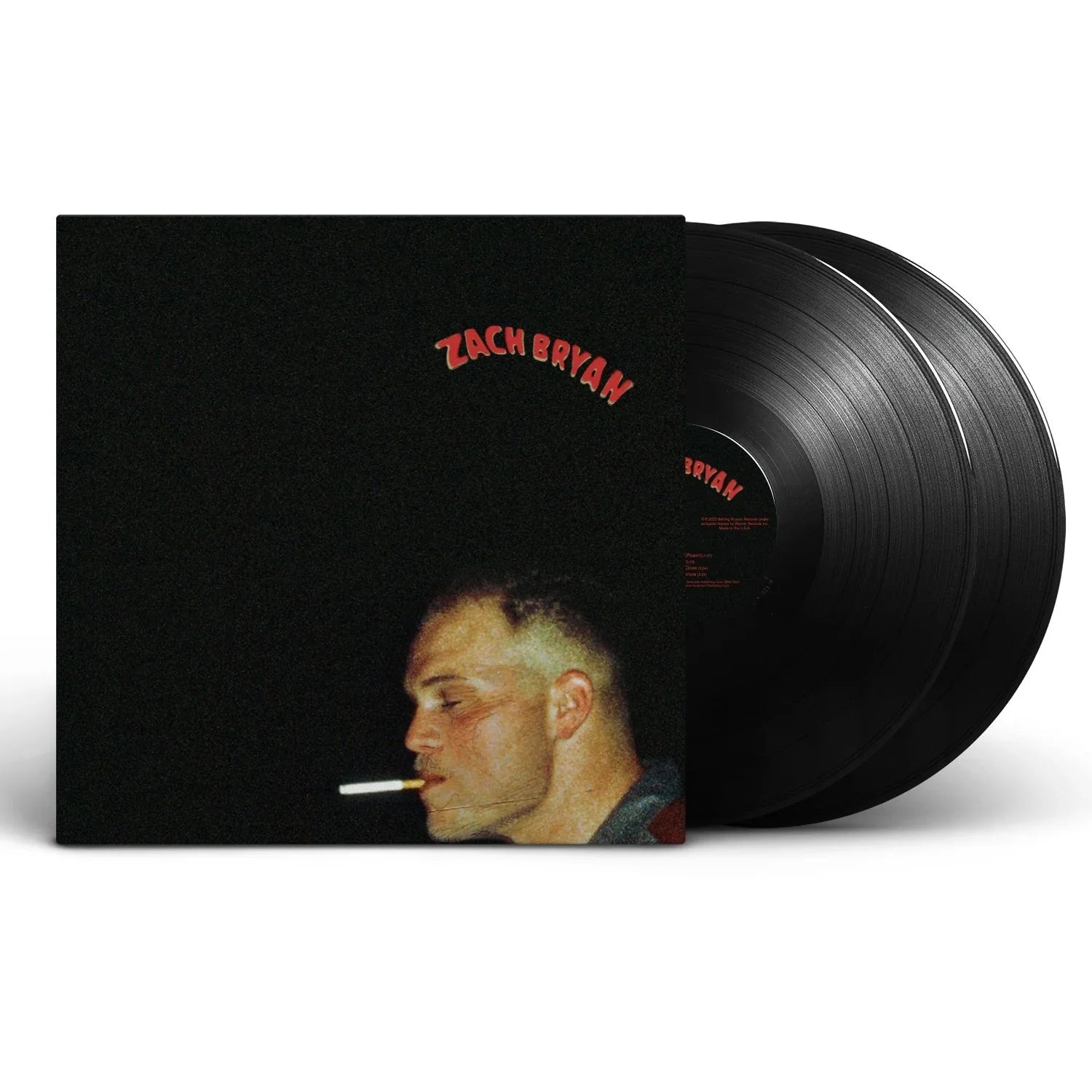
![Grace Jones - Nightclubbing [Gold]](http://vinyl.com/cdn/shop/files/4407705-3329230.jpg?v=1742429522&width=5760)
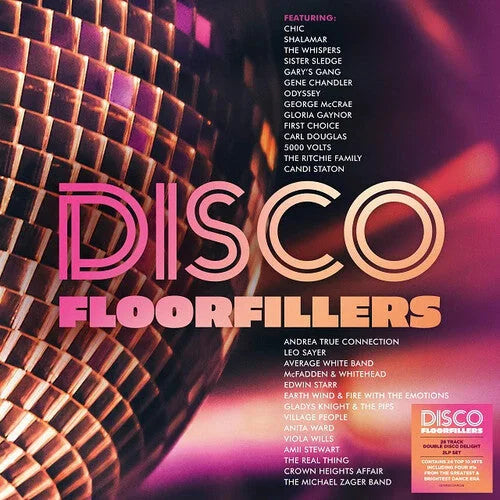

![Miles Davis - Kind of Blue [180-gram]](http://vinyl.com/cdn/shop/files/Y4LPMD03.webp?v=1742198237&width=5760)
